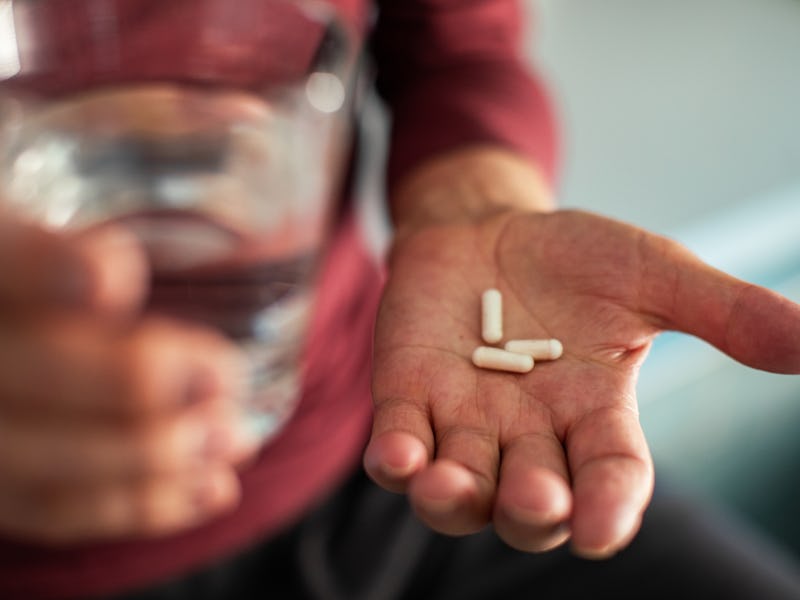Antibiotic Resistance is Rising, and Scientists May Have Identified This Unlikely Culprit
If nothing is done to control air pollution by 2050, deaths due to antibiotic resistance could rise by over 50 percent.

If this summer taught us anything, it’s that air pollution is becoming an absolute menace. Case in point: smoke from Canadian wildfires that blanketed most of the U.S. in a murky, dystopian haze. While natural events like wildfires are seasonal blips, their worsening under climate change speaks to a trend of declining air quality and its deleterious impacts on human health.
To make matters worse, air pollution may have its hand in another growing crisis: antibiotic resistance. In a study published this month in the journal The Lancet Planetary Health, the last 18 years have seen an alarming rate of antibiotic resistance associated with levels of air pollution called PM2.5, with every one percent increase in air pollution associated with a 0.5 to 1.9 percent increase in antibiotic resistance.
The study’s authors also estimate the annual death toll linked to antibiotic resistance could rise to about 840,000; if nothing is done to control air pollution by 2050, deaths could rise by 56.4 percent. (For reference, antibiotic resistance kills at least 1.3 million people worldwide.)
“Our analysis presents strong evidence that increasing levels of air pollution are associated with increased risk of antibiotic resistance,” the researchers wrote in their paper. “This analysis is the first to show how air pollution affects antibiotic resistance globally.”
PM2.5 is a hazardous type of fine particulate matter carried in the air by tiny liquid droplets and created by industry, car, and wildfire emissions, as well as dust. Due to its small size (30 times smaller than the width of a human hair), it can slip easily into the body, lodging deep in the lungs and even traveling through the bloodstream, according to the U.S. Environmental Protection Agency.
The researchers analyzed data from 116 countries collected between 2000 and 2018 and forecasted future scenarios with computer modeling. Sources included the World Health Organization, European Environment Agency, and the World Bank.
Because this is an observational study, there are quite a number of caveats. For one, it doesn’t prove cause and effect, so there’s no clear explanation of how exactly air pollution is encouraging antibiotic resistance. Another issue is that the study doesn’t consider all the known factors driving antibiotic resistance — the prime driver being misuse and overuse of antibiotics — and country-to-country differences with respect to this and air pollution.
While further research is needed, this study, and others like it, is a clarion call for us to get our clean air act together. As the researchers write, “The harm caused by global air pollution has no borders… the comprehensive control of global air pollution requires the coordinated actions of governments of all countries and the joint efforts of all humans.”
This article was originally published on